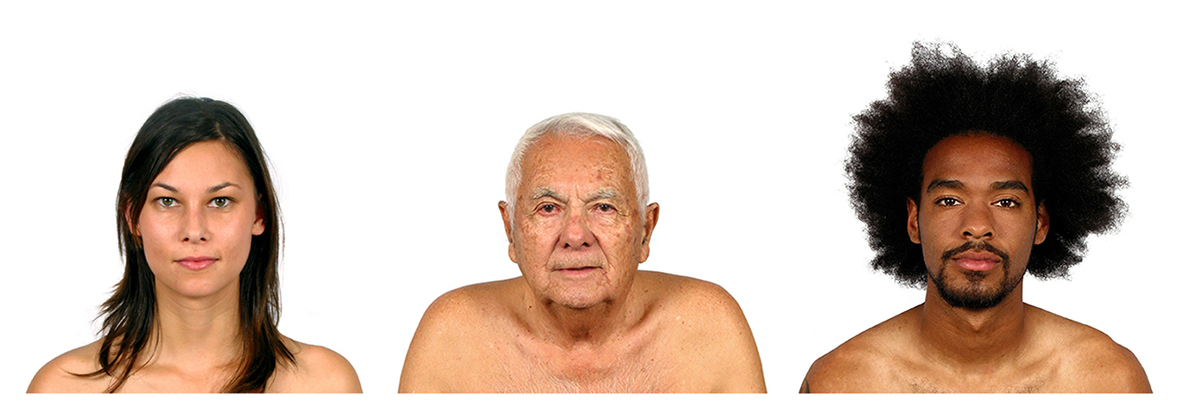
frequently asked questions
We asked Kip to answer some of the most frequently asked questions regarding his work and the exhibition.
What are you?
I’m an artist, teacher, and student. Mostly.
As an artist, why did you select photography for your project?
We constantly have to prove we really are who we say we are through the use of photographs—driver’s licenses, passports, gym memberships, etc. I wanted to play with this established method of identification, but twist it around by giving participants the power to pick their own images—to look like themselves, but I wanted them to have input on this as well. That’s why I included the handwritten statements.
What message do you hope visitors walk away with after seeing your exhibition?
I’m most interested in celebration and reclamation—celebrating Hapa awareness and identity—reclamation of invisibility, ignorance, pejorative labels, and, for lack of a better term—community homelessness. I’d like kids to realize they’re not alone. Maybe adults, too.
Who is Kip Fulbeck?
Kip Fulbeck has been making films and art about Hapa identity since 1990. Known as the nation’s leading artist on the subject, he has spoken and exhibited his award-winning films, performance, and photography throughout the world, including PBS, the Whitney Museum of American Art Biennial, Singapore International Film Festival, Locarno International Film Festival, Los Angeles County Museum of Art, Bonn Videonale, the National Conference on Race in Higher Education, and the Honolulu Contemporary Arts Museum.
The director of the landmark video Banana Split (1991) and author of Paper Bullets: A Fictional Autobiography (University of Washington Press, 2001), Fulbeck is the inaugural recipient of the Hapa Issues Forum Prism Award for the Arts. His photographic book, Part Asian, 100% Hapa has just been published by Chronicle Books. Fulbeck is currently Professor and Chair of Art at the University of California, Santa Barbara, where he is a three-time recipient of the Outstanding Faculty Member Award and also an affiliate faculty member in Asian American Studies and Film Studies. For more about Kip Fulbeck, visit redsushi.com or thehapaproject.com.
Why is kip fulbeck: part asian, 100% hapa at the Japanese American National Museum?
Irene Hirano, President and CEO of the National Museum: “The Japanese American National Museum is honored to have kip fulbeck: part asian, 100% hapa presented at our institution. As an artist’s project, this exhibition delves into a subject of vital importance to not just the Japanese American community, but to our nation and our world. According to the last Census in 2000, one in three Japanese American is of multiracial heritage and individuals who self-identify as multi-ethnic are a growing segment of our country. The Japanese American National Museum intends to examine this subject thoroughly and this exhibition is just the first of many upcoming programs.”
Now Traveling!
Check the Venues page to see where the exhibition is traveling.
Interested in booking this exhibition? Download the travel fact sheet.
Now Traveling!
Check the Venues page to see where the exhibition is traveling.
Interested in booking this exhibition? Download the travel fact sheet.
